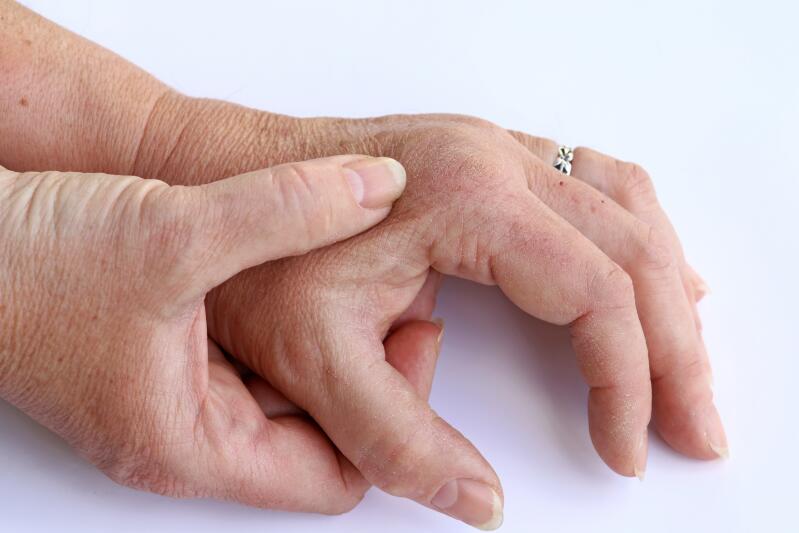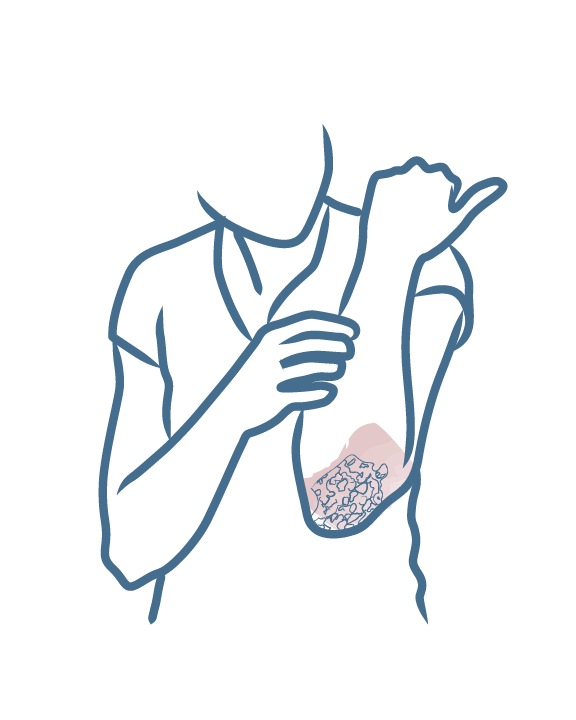-
Your concerns
Our articles to help you gain a better understanding
-
Our solutions
-
Ducray Dermatological laboratories
Our articles to help you gain a better understanding

Psoriasis is not just a skin disease. Psoriasis-related inflammation can also affect the joints, which is referred to as joint psoriasis or psoriatic arthritis. It affects about 15% of people with psoriasis, or even more according to some studies. The two types of lesions (skin and joint) appear either before, at the same time, or one after another, depending on the case.
Psoriatic arthritis is not necessarily associated with the most severe or widespread forms of psoriasis. On the other hand, the risk increases over time, which is also the case with nail, scalp and/or skin-fold psoriasis.
Psoriatic arthritis is a form of joint pain which can be divided into two main types. When the disease affects the spine, the pain is severe and is felt along the entire backbone, especially at night, with patients occasionally experiencing difficulty getting up in the morning. If the disease affects the smaller, peripheral joints (fingers, toes, ankles, knees, etc.), the pain is more localized, fingers and toes become swollen and sausage-like, and tendonitis is more common, for example, in the Achilles tendon or elbow.
Take note! Slight back pain is not necessarily a sign that you are developing psoriatic arthritis. This could be caused by poor posture or a clumsy movement, or by carrying a heavy load. It is only when these symptoms persist or get worse that you should see a doctor who may or may not diagnose psoriatic arthritis.
Psoriatic arthritis is frightening for patients because it is very painful and can cause long-term joint deformities and damage, like most rheumatic diseases. But this outcome is not inevitable: many drug treatments and biotherapies for psoriasis target both skin and joint inflammation, and help to prevent the progression of the disease.
Psoriasis-prone skin

Skin prone to stubborn dry plaques
NEWSLETTER
Dermatological expertise
To better understand your skin and hair, discover our exclusive content and innovative care products designed to improve your quality of life..